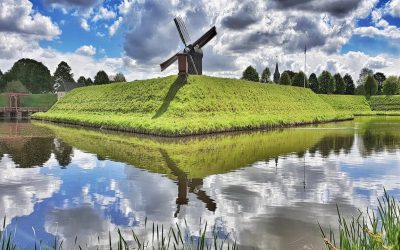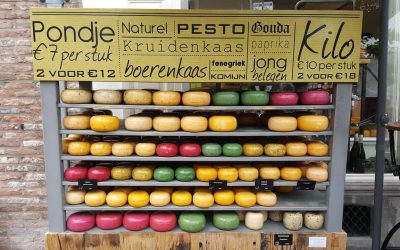The Netherlands is one of the best places in the world for challenging the irrational belief that 'flat is boring'. The Netherlands is...

Kinderdijk
Kinderdijk
Visiting Zeeland in Holland
Ever thought about a visit to Zeeland? Could you even pin-point where Zeeland is on the map? I'll be honest I didn't, so I promise I'm not...
Follow us
You can find us on social media,
different channels for different content.


